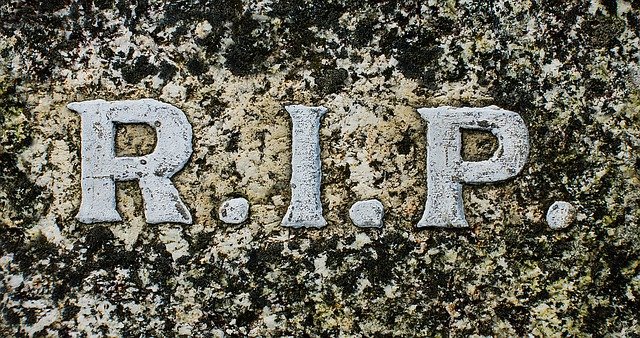April 28 Former U.S. astronaut Michael Collins, who completed his first manned mission to the moon, died of illness in Florida on Thursday at the age of 90.
Michael Collins’ family said in a statement Tuesday that Michael Collins died Wednesday after a dogged battle with cancer, and that “Michael has always faced the challenges of life with grace and humility, and he has lived the last days of his life with the same attitude.” ”
On July 16, 1969, the U.S. Saturn 5 rocket carried the Apollo 11 spacecraft from launch pad 39A of the Kennedy Space Center in Cape Canaveral, Florida, the Washington Post reported.
The Apollo 11 spacecraft consists of three parts, the Columbia command module, the Eagle lunar module, and the service module that provides power, power, oxygen and water.
On July 20, three astronauts on board, Neil Armstrong and Buzz Aldrin, left the spacecraft in the lunar module and landed on the moon’s surface, becoming the first humans to set foot on the moon.
Michael Collins flew the command module alone for nearly 28 hours in orbit around the moon, 60 miles from the moon, waiting for the lunar module to return. On July 24, three astronauts returned to Earth in the command module.
Collins on Columbia was unable to communicate with his teammates and mission command centers on Earth during his team-mates’ mission to the moon’s surface, which some called “the loneliest man in history.”
None of the three astronauts returned to space after the Apollo 11 mission. Armstrong died in 2012. Aldrin, 91, paid tribute to Collins on social media on Tuesday: ‘Dear Michael, wherever you are, you will always spread the fire and lead us into the future.
NASA Acting Administrator Steve Yurczyk said in a statement on the 28th, NASA expressed its condolences for the loss of this outstanding astronaut, he will live forever in the history of NASA.
Collins was born on October 31, 1930, to a well-known military family in Rome. After the United States joined World War II, Collins settled in Washington with his father. In 1952, Collins completed his bachelor’s degree at West Point and joined the U.S. Air Force as a fighter pilot and test pilot. In 1963, he became a candidate for NASA.
After leaving NASA in 1970, Collins served as assistant secretary of state for public affairs for a year. He was later appointed to create the National Air and Space Museum. After his retirement, Collins lived in Florida for a long time.
In the preface to “Flying to the Moon: The Story of an Astronaut,” Collins expects more investment in space exploration and Mars landing missions. “I’m too old to fly to Mars, and I’m sorry, but I still feel very, very lucky,” he wrote.



